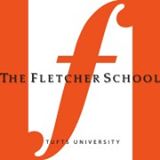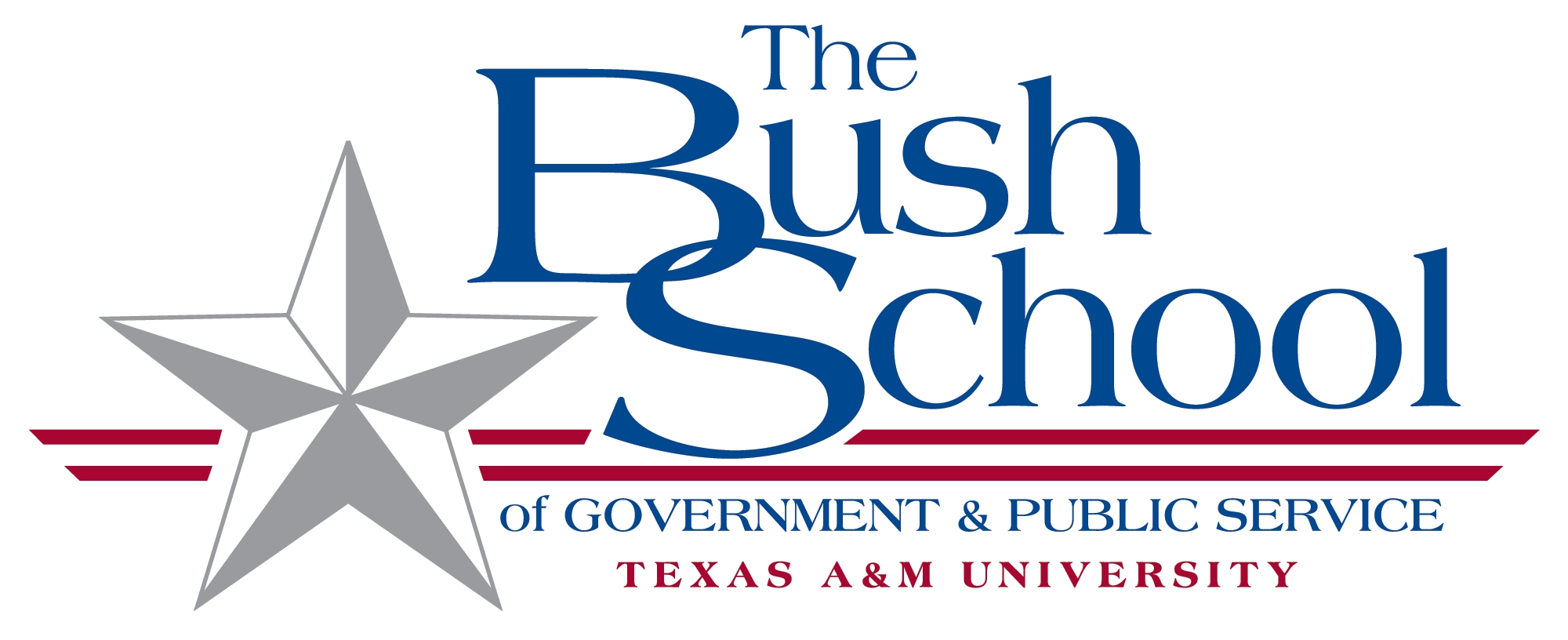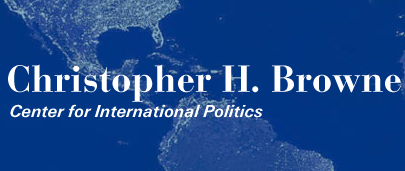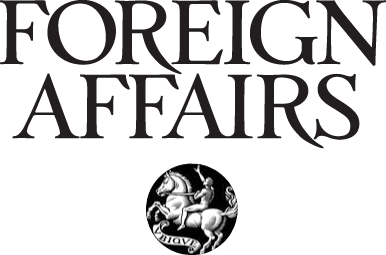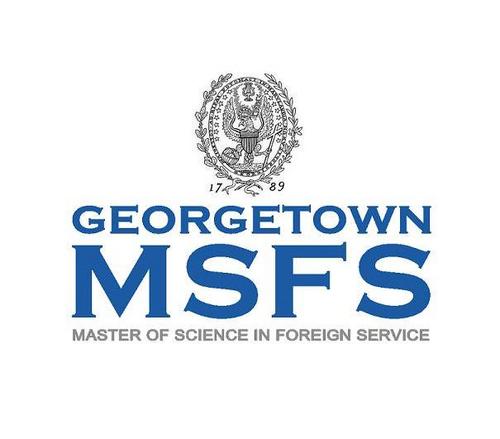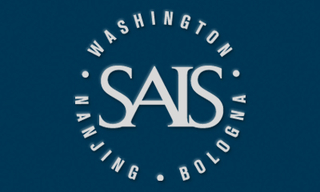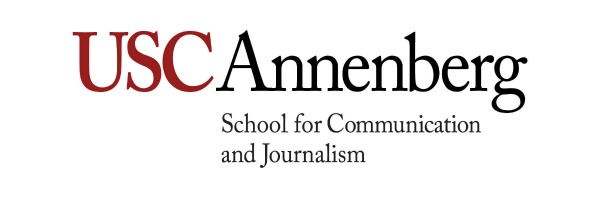By Ian Palmer
Tensions between Ukraine and Russia reached a kind of climax this past November and those tensions have since remained high. For those who don’t remember, on 25 November 2018, Russian ships carrying elite Spetznatz soldiers seized two Ukrainian naval gunships, killing six Ukrainian sailors and capturing thirty more. The seizure took place on the border of the Crimea, called the Sea of Azov, which has been declared as international water since 2004. This attack is another mark on the timeline of aggression since Russia annexed the Crimean Peninsula in 2014. The Kremlin justified the attack and capture as a response to Ukrainian aggression. Ukraine, furious over an attack on its sovereignty and the killing of six of its sailors, entered into a month-long state of martial law. The United States did nothing and has since been reluctant to do anything more. This reluctance, however, is threatening Western unity, and emboldening Putin’s aggression.
The threat to unity lies in the North Atlantic Treaty Organization, a defensive pact of twenty-nine countries, which states that if any member is attacked, it is considered an attack on all. The United States, with all its money and might, has historically been the head of the organization, which makes its silence in this case deafening. While the Ukraine is not a member of NATO, its conflict with Russia is very much part of NATO’s concern. The underlying purpose of the organization was to protect against the aggression of the Soviet Union. In Europe, NATO and the United States provided the security foundation of regional cooperation and integration, which eventually led to the formation of the European Union, .
NATO had been losing some of its appeal in the early 2000’s with a booming American economy, a strong Europe, an economically crippled Russia which had little potential of rebuilding a military. That changed, however, in 2014 with Putin’s annexation of Crimea, eyeing access to the seaboard which he would not have in Russian territory. While the response from the United States and NATO was limited, the incident refocused the West’s vision on the importance of the organization. Under Donald Trump’s presidency, however, Putin has been looking to capitalize on America’s internal attacks on its creation.
Since the campaign trail, Trump has been calling NATO obsolete. Putin in turn—and to his credit, bluntly—said that life would be better if it “was falling apart.” Russia’s seizure of Ukrainian gunboats was a moderately low-cost, strategic assessment of NATO’s fortitude. He was poking the bear not to see if it was asleep, but to see if it was dead. President Trump’s response indicates that it might be. While German, French, and British leaders strongly condemned the attack, Trump said, “We do not like what’s happening either way. We don’t like what’s happening, and hopefully it will get straightened out” (The Independent, 2018). [1]
Ukrainians have since moved more into a war-footing since enacting martial law. While Ukraine has since lowered its concern over land invasion, it has continued to increase production of sea missiles and national weaponry. Since its silence, however, it is not too late for the United States and NATO to step up and support Ukrainian sovereignty. Without NATO support against these smaller attacks from Russian aggressors, Putin will view his actions as unpunishable. Larger, future acts of aggression will become more likely, especially as the EU continues to fracture and as the United States continues to hold a soft spot for its former nemesis. It is not enough to exist with the purpose of countering Russian threat, the organization has to maintain its counterbalance.
Ian Palmer is a junior at Swarthmore College, where he is pursuing a double major in Political Science and Religion. He is the Journal’s 2018-19 Correspondent for United States and North American Affairs.
Works Cited
[1] Baynes, Chris. “Trump responds to Russia-Ukraine crisis, saying: 'I don't like what is happening either way.'” The Independent. November 27, 2018.
Image Source: https://www.ibtimes.com/putin-threatens-target-us-nato-if-missiles-are-deployed-europe-2766485


